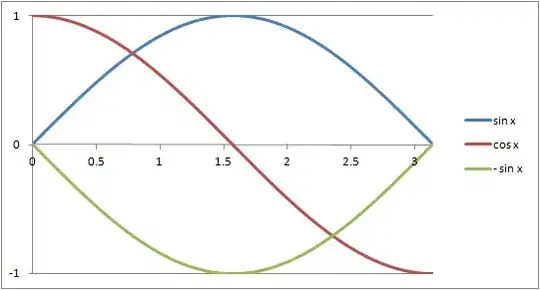why is $$\frac{d}{dx}\cos(x)=-\sin(x)$$ I am studying for a differential equation test and I seem to always forget \this, and i am just wondering if there is some intuition i'm missing, or is it just one of those things to memorize? and i know this is not very differential equation related, just one of those things that I've never really understood.
and alliteratively why is $$ \int\sin(x)dx=-\cos(x)$$ any good explanations would be greatly appreciated.
